Interrogating the role of emerging technologies in cities through speculative prototypes
The Urban Interfaces Lab investigates the application of emerging technologies in cities. It draws on knowledge, methodologies and theories from the field of interaction design, interrogating speculative futures through design. The work in the lab intersects with other academic and professional fields, by demonstrating the application of urban interfaces and their impact in domains such as smart cities, experience design, urban health, digital placemaking and community engagement. Research in the lab is underpinned by human-centred design, but also challenges the notion of human-centredness by exploring new approaches that consider ecological systems in the design of urban interfaces.
Members:
- Dr Joel Fredericks
- Hamish Henderson (Adjunct Senior Lecturer)
- Dr Luke Hespanhol
- Dr Marius Hoggenmueller (Lab co-coordinator)
- Associate Professor Lian Loke
- Kristina Mah (Postdoc Researcher)
- Dr Callum Parker (Lab coordinator)
- Associate Professor Dagmar Reinhardt
- Tram Tran (Postdoc Researcher)
- Professor Martin Tomitsch (Honorary lab member)
- Oliver Weidlich
- Dr Hao Zhou
- Dr Howe Zhu
PhD students:
- Dylan Cheng
- Zhuosi Lai
- Xinyan Yu
- Yi Zhao
- Russian Wu
- Yichen Xu
- QiuMing Zhang
- Jimin Lee
Grants:
- Shared-Space Interactions Between People and Autonomous Vehicles, Tomitsch, M., Worrall, S., Parker, C., Kay, J., Nebot, E., Marvin, S., Australian Research Council (ARC)/Discovery Projects (DP), 2022-2025.
- Trust and Safety in Autonomous Mobility Systems: A Human-centred Approach, Tomitsch, M., Hespanhol, L., Worrall, S., Nebot, E., Kent, J., Wiethoff, A., Ellison, A., Australian Research Council (ARC)/Discovery Projects (DP), 2020-2023.
- Enabling Participatory Local Government in Smart Cities, Alizadeh, T., Dowling, R., Tomitsch, T., Sarkar, S., Hespanhol, L., Innovation and Science/Smart Cities and Suburbs Programme, 2019.
- Human-machine interaction for driverless cars, Dowling, R., Sadowski, J., Ellison, A., Tomitsch, M., Worrall, S., Nebot, E., The University of Sydney CRIS Collaborative Project Fund, 2018-2019.
- Digital Bridges: Extending Urban Infrastructure with Interactive Technologies for Community Engagement and Digital Placemaking, Hespanhol, L., Tomitsch, M., Backen, R., Loke, L., Chew, L., The University of Sydney Commercial Development & Industry Partnerships (CDIP)/Industry & Community Engagement Seed Grant & Willoughby City Council, 2018-2019.
Projects
-
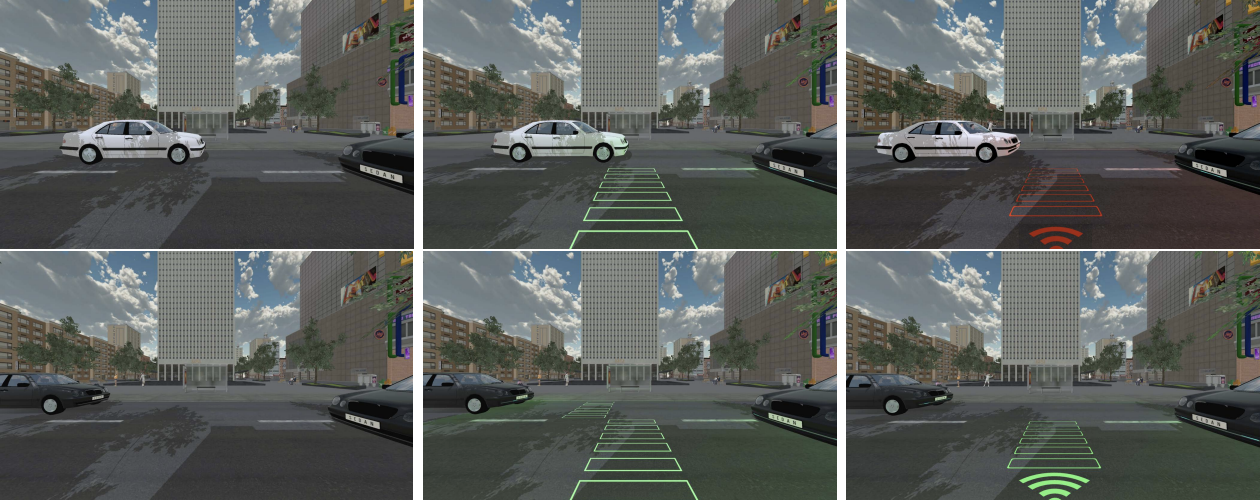
Interconnected External Interfaces in Autonomous Vehicles on Pedestrian Safety and Experience
Policymakers advocate for the use of external Human-Machine Interfaces (eHMIs) to allow autonomous vehicles (AVs)…
-

Playful Urban Robot Help-Seeking
Robots in urban environments will inevitably encounter situations beyond their capabilities (e.g., delivery robots unable…
-

Exploring Urban Robots Help-Seeking through Bodystroming
As intelligent agents transition from controlled to uncontrolled environments, they face challenges that sometimes exceed…
-
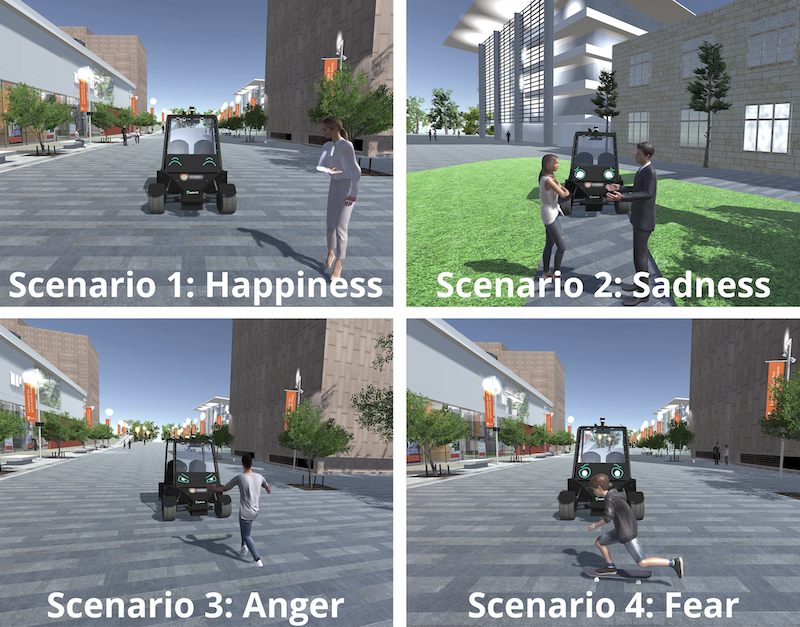
Affective Autonomous Vehicle-Pedestrian Interaction
This project aims to enhance the perceived sociability, perceived safety, and user experience of autonomous…
-
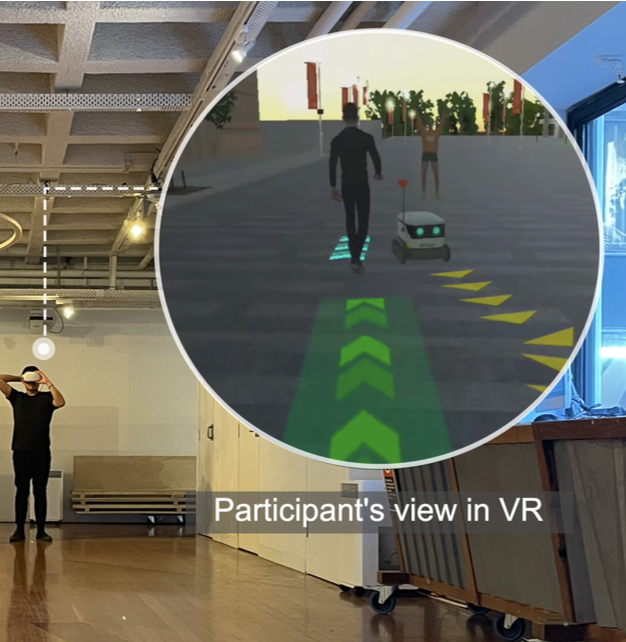
Improving Human-Robot Co-Navigation Through Pedestrian Prediction Visualisations
An augmented reality concept to enhance the understandability of robot operation.
-

Evaluating Interactions With Autonomous Vehicles in VR
This project investigates which simulation platforms and prototyping representations to use for evaluating interactions between…
-

Collaborative Design Exploration of AV-Pedestrian Interfaces
We developed a tangible multi-display toolkit to support collaborative design explorations of AV-pedestrian interfaces.
-

Virtual Experience Prototyping
Building on the notion of experience prototyping, we investigated how early concept explorations can be…
-
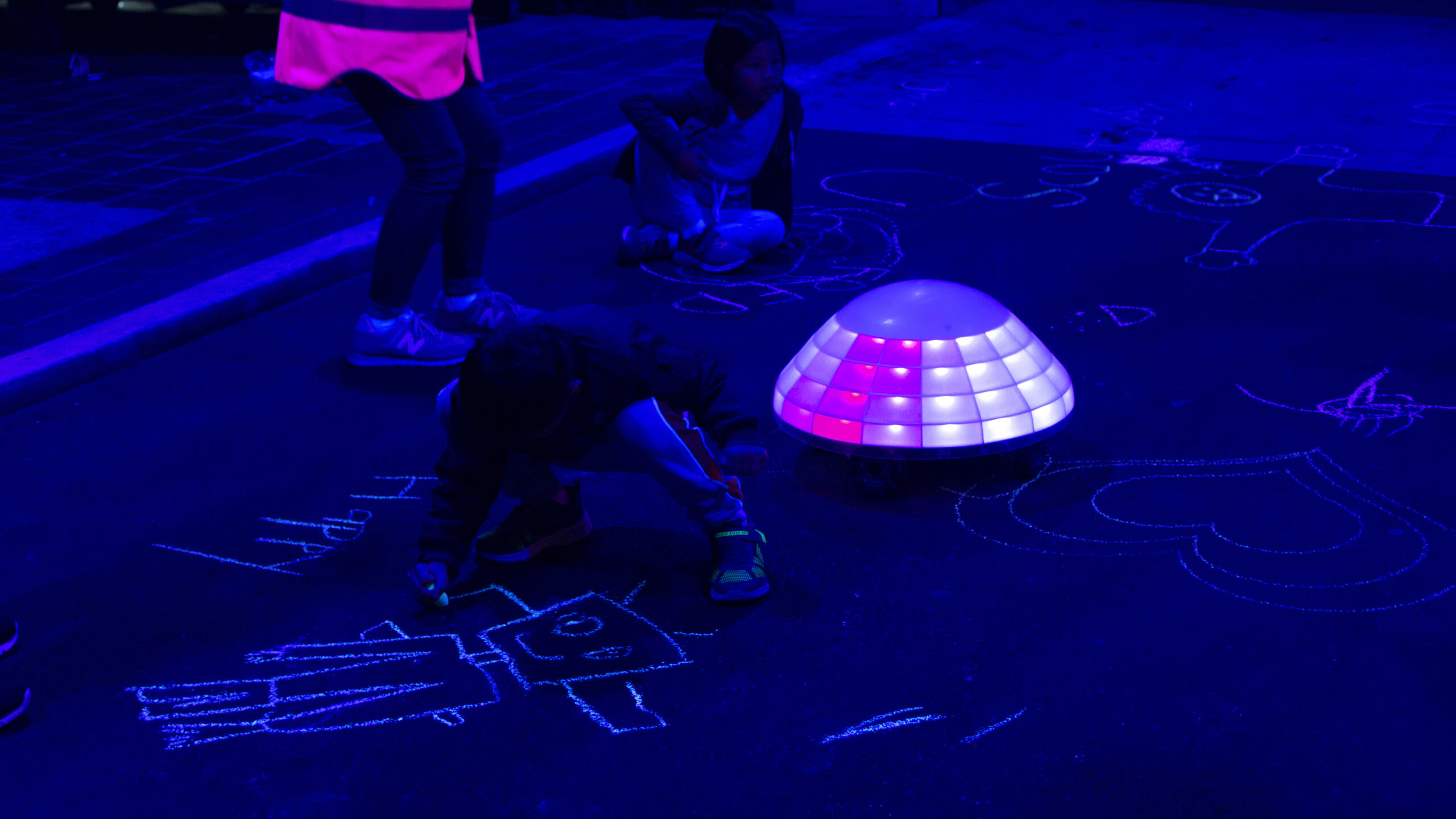
Urban Robots for Placemaking
Woodie is a free-moving, chalk-drawing urban robot using the public space as a large canvas.…
-
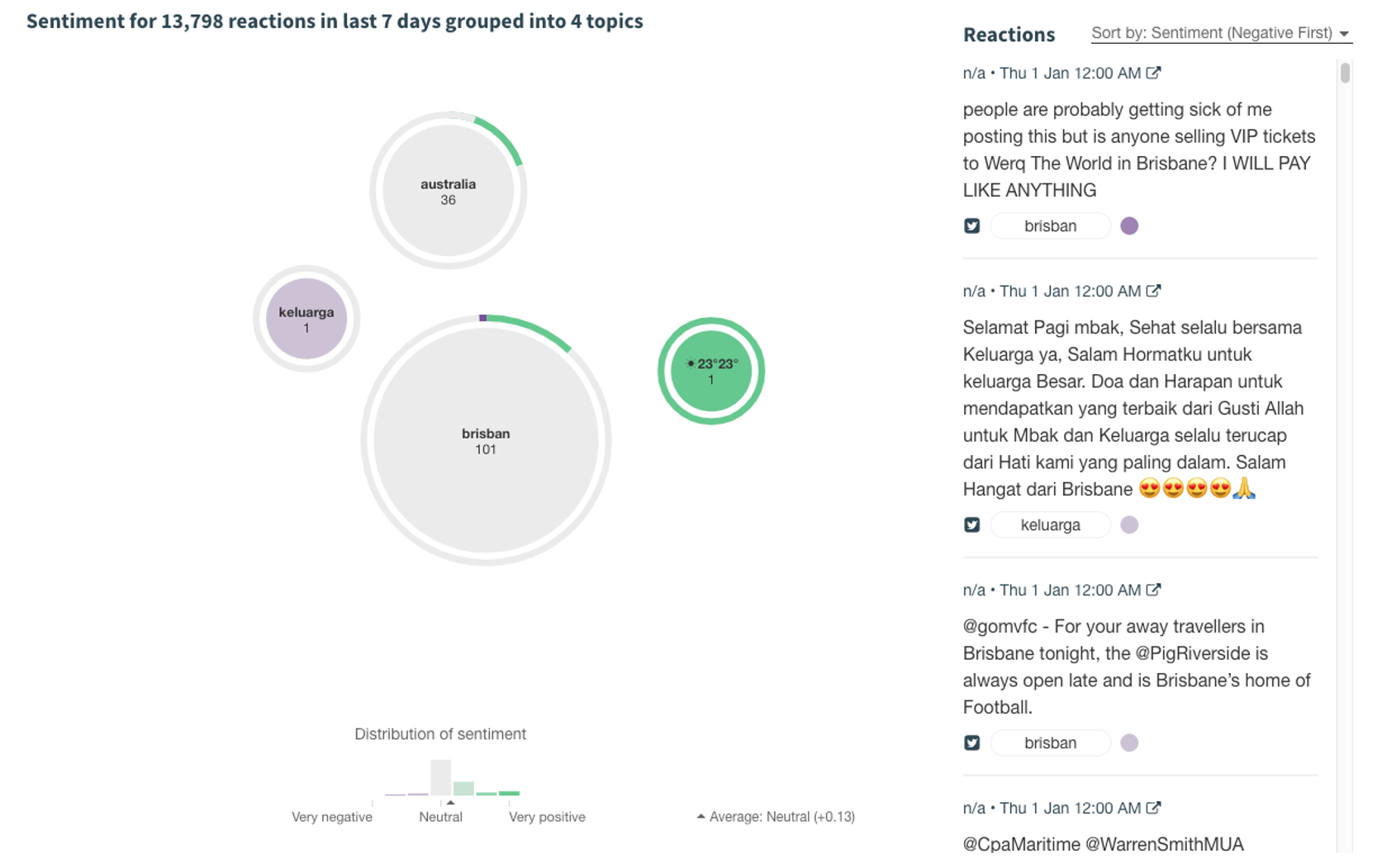
Citizen Voices in Cities Dashboard
The Citizen Voices in Cities (CiViC) dashboard uses big data mining algorithms to help local…
-
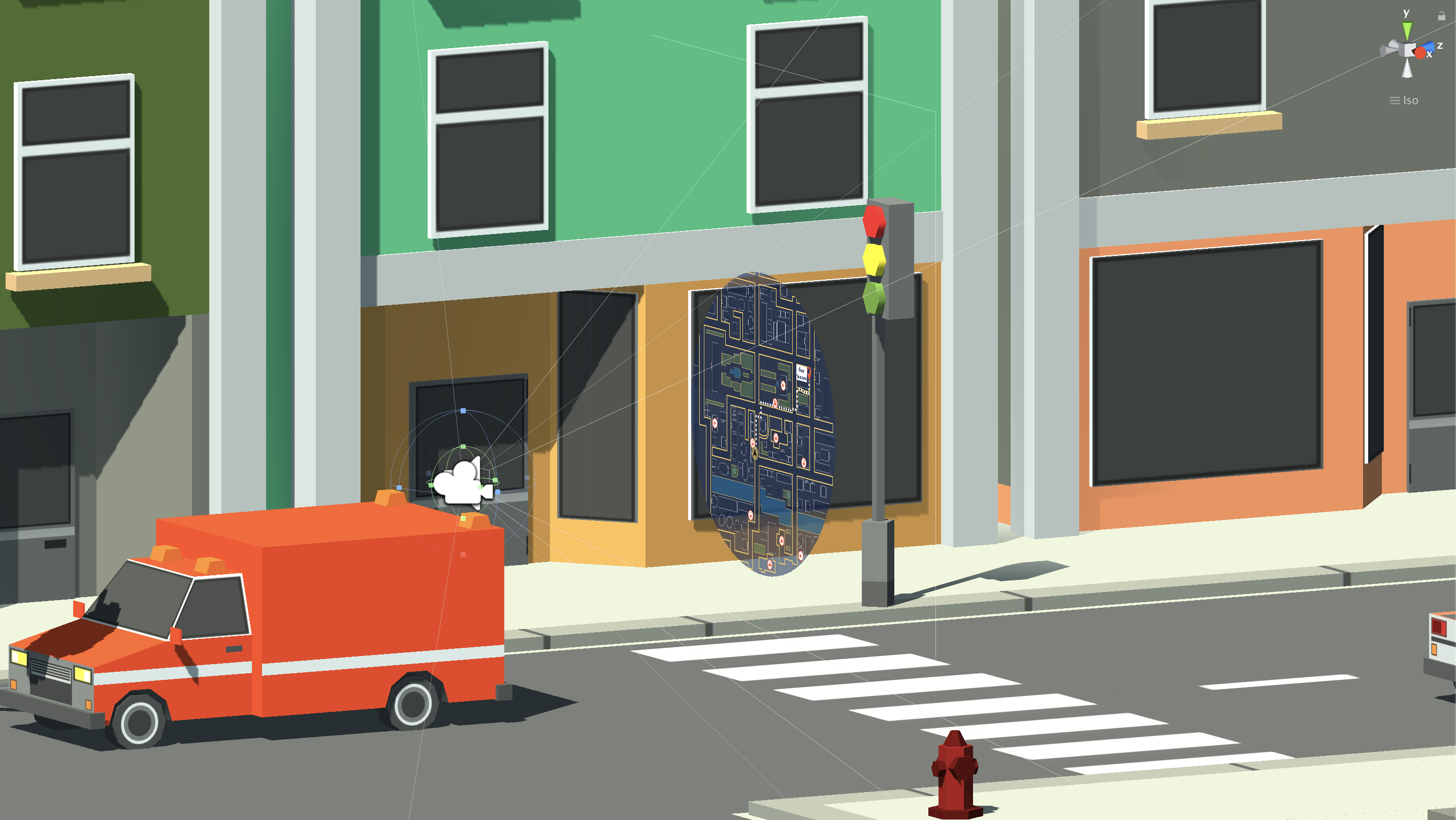
Exocentric Pedestrian Navigation for AR Head-Mounted Displays
We simulated a wearable AR pedestrian navigation application in virtual reality and explored the impact…
-
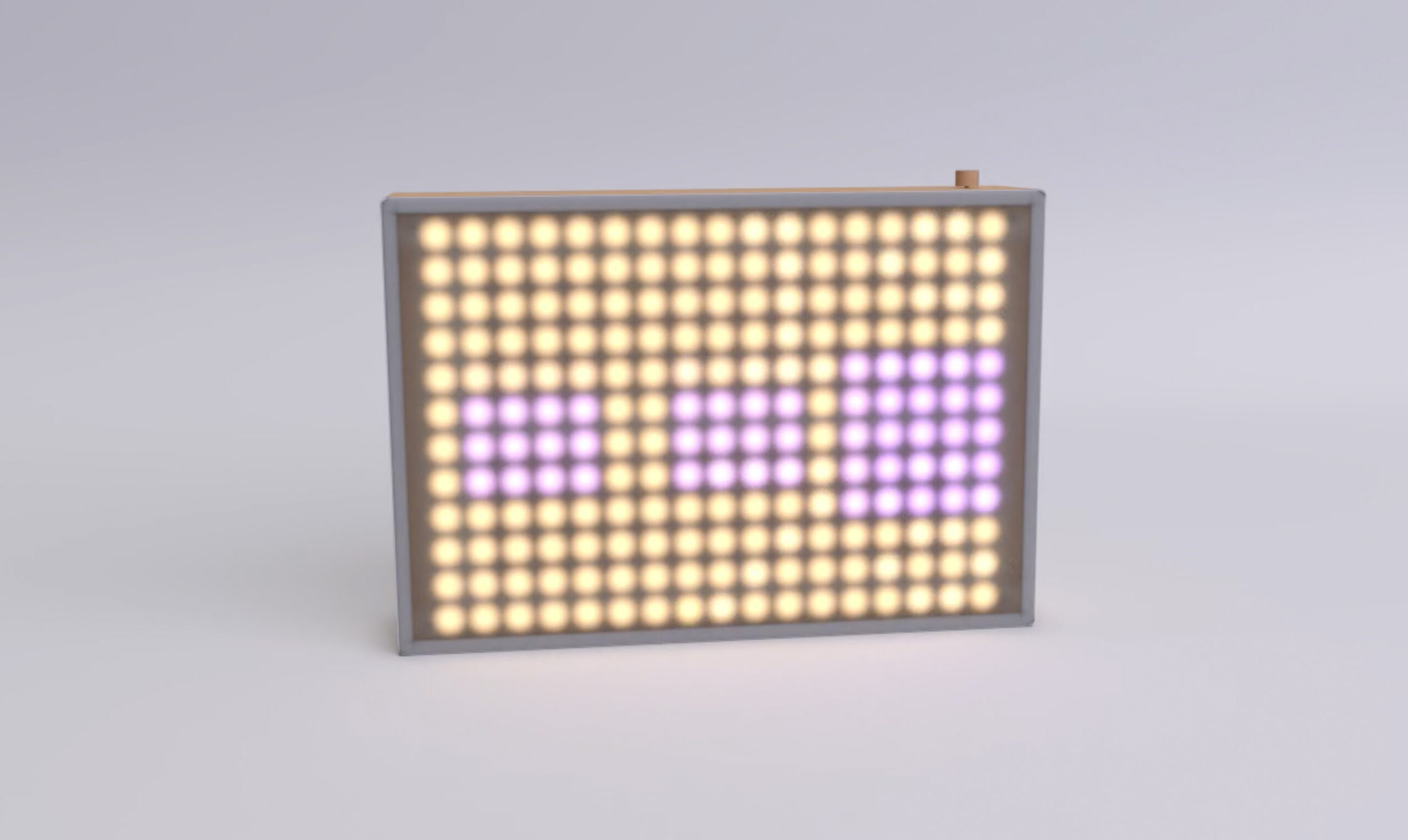
Designing Low-Resolution Lighting Displays
We developed the “Light Shifting Display” – a novel type of low-resolution lighting display that…
-

TetraBIN
TetraBIN explores how digital technologies can be used to motivate positive change in urban environments.
-

Share Your Power
Public real-time visualisation of domestic electricity usage using interactive mechanical flip-dot displays.
-

Solstice LAMP
Solstice LAMP activated the forecourt and the facade of the 125m tall AMP building at…
-
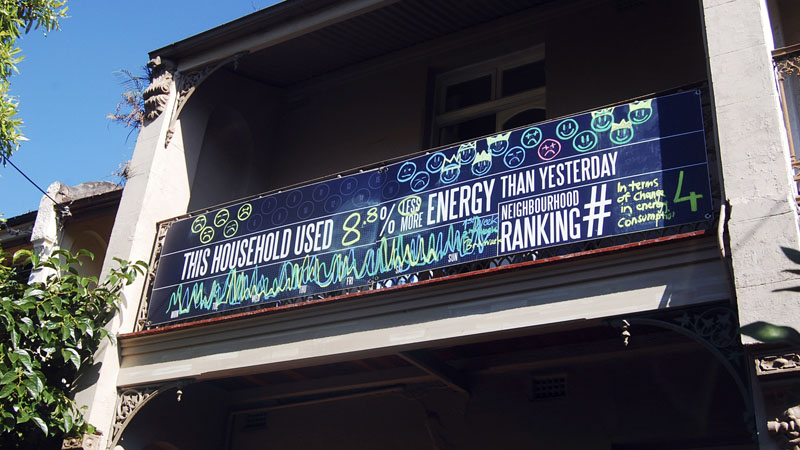
Neighbourhood Scoreboards
The Neighbourhood Scoreboard project investigates the effect of public exposure of domestic energy usage on…